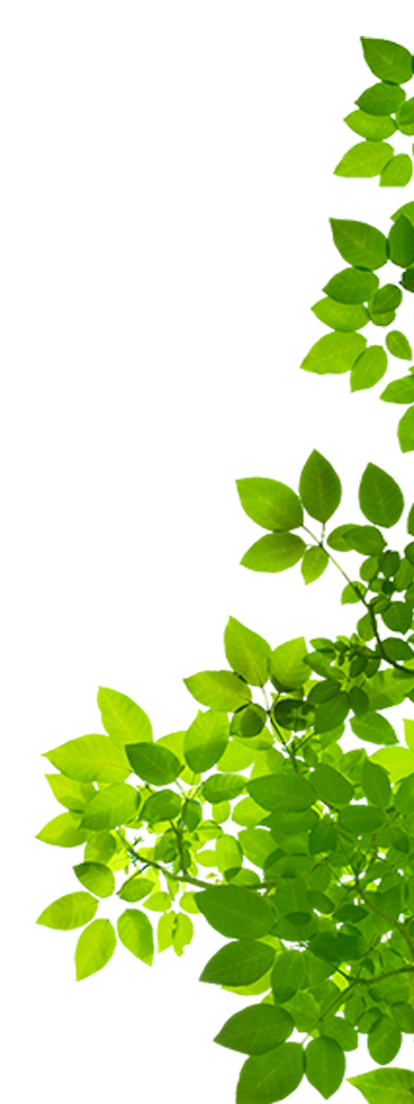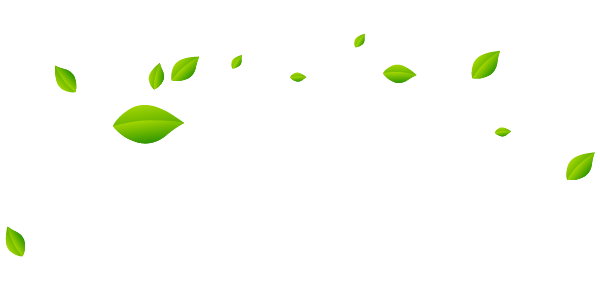
Ayurveda is literally translated as “science of life” but it can also be described as ‘the way of living with awareness and promoting longevity.’ Ayurveda is a complete medical system. It deals with health in all its aspects; physical health, mental balance, spiritual well being, social welfare, environmental considerations, dietary and lifestyle habits, daily living trends, and seasonal variations in lifestyle, as well as treating and managing specific diseases.
What are the Tridosha-Vata, Pitta and kapha?
Vata Dosha: The vata dosa is comprised of akasa (ether) and vayu(wind). Each dosa contains aspects of all the pancamahabhuta, but space and wind are predominant in vata. It shares qualities familiar to both elements. So vata is cold, light, rough, mobile, subtle, clear, dry and astringent. When vata manifests these qualities are apparent. The primary site of vata is the colon. The root ‘va’ means to ‘spread’ and it is responsible for all movement in the body; the flow of breath and blood, elimination of wastes, expression of speech, it moves the diaphragm, muscles and limbs, regulates the nervous system and it also stimulates the function of the intellect.
Pitta Dosha: The Pitta dosa is made up of tejas(fire) and jala( water). It is pungent, hot, penetrating, greasy, oily, sharp,liquid, spreading and sour. Its primary function is transformation. It is the force of metabolic activity in the body associated with the endocrine function, hormone levels, digestion, body temperature, visual perception, hunger, thirst and skin quality.
Kapha Dosha: The Kapha dosa is a combination of the prthivi (earth) and jala (water) elements. As the water element it is contained within the earthern structures of the tissues and skin. It is slow, heavy, cool, dense, soft, greasy, unctuous, sticky, cloudy, liquid and sweet. Kapha literally holds the body together. It is cohesive, gives shape and form, aids growth and development, lubricates and protects, helps smelling and tasting.
What is the Ayurvedic by Prakriti or Ayurvedic constitution?
PRAKRITI MEANS inherent nature( Constitutional make up). Constitution implies one’s fixed and life long inherited health. The constitution is described in terms of the dosha. There are three dosha (Tridosha: Vata, Pitta , Kapha). Each individual has a mental nature (manas Prakrti) as well as a physical humoral constitution (Dosha Prakriti). The word Dosha is commonly used to refer to the three humours of Vata, Pitta and Kapha. when in a healthy qualitative and quantitative condition, the dosha help manage the physiology of the psyche and body. They help to support the system and facilitate the five elements assimilation into the body. When out of balance they become pathological and act as impurities in the body that damage the digestive fire, the tissues and channels.
Vata Dosha: Ether and air combine to form what is known in Ayurveda as the Vata Dosha. Vata governs the principle of movement and therefore can be seen as the force which directs nerve impulses, circulation, respiration and elimination.
Pitta Dosha: Fire and water elements combine to form the Pitta Dosha. The Pitta Dosha helps in the process of transformation and metabolism. Pitta Dosha function is the transformation of food into nutrients that our bodies can assimilate and absorbed in the digestive system. Pitta is also responsible for metabolism in the organ and tissue system as well as cellular metabolism.
Kapha Dosha: Water and Earth elements combine to form the Kapha Dosha. Kapha is responsible for growth and which offers protection. Soft, oily , sweet, cold, moist, heavy, strong, firm etc are the main attributes related to Kapha. Basically Kapha is slow in action and provides stability, plumpness, strength and firmness.
What are the common Ayurvedic treatments?
The basic principle of Ayurvedic medicine is to prevent and treat illness—rather than respond to disease. It can be achieved by maintaining a balance between body, mind, and environment. Ayurvedic herbs are used as part of holistic approach to health that may include nutrition, yoga, massage, aromatherapy and meditation.
Common Ayurvedic treatments are
Do Ayurvedic medicines have any side effects?
Ayurvedic medicine usually do not have side effects as it is has herbs and natural ingredients. We should consult Ayurvedic doctor while taking Medicine and not using as self medication. We should consult with doctor about dosage, time (before or after meals) and duration of the medicine.
Some Ayurvedic herbs may produce side effects or interact with conventional medications. To avoid these, doctor should be informed while using or intend to use any Ayurvedic remedy. For example guggul causes stomach upset, headaches, nausea, vomiting, loose stools, diarrhea, belching, and hiccups. It also interacts with estrogen-based birth control or Premarin (conjugated estrogen).
Is Ayurvedic treatment safe and secure?
The main goal of Ayurvedic medicine is to promote good health. However there are some concerns related to Ayurvedic drugs about drug safety. For metals and minerals, it must be properly processed for used in medicine formulations as improperly purified substances are likely to create toxic effects. When metals, minerals are included in the prescription, Ayurvedic practitioners should give Information regarding the use of these substances, signs of potential adverse effects and recommendations for emergency response to these adverse events.
Adverse reactions may occur in following cases:
How can Ayurveda help me?
Ayurvedic medicines are holistic in nature by healing mind, body and spirit rather than by treating diseases only. Ayurvedic treatments include Panchakarma that detoxify body, meditation, individualized diets, yoga, massage, and aromatherapy. Ayurvedic Medicines have several benefits, and have a cure for almost all known diseases without side effects.
Other benefits include building immunity, reducing stress and anxiety. In this way, Ayurveda can help me for attaining a good quality of life.
Can Ayurveda be used in the treatment of children?
Ayurvedic herbs and home remedies can provide treatment for children as well. In Ayurveda many common fruits, vegetables, and culinary spices are used to treat childhood health complaints without the need for any other treatment. There are various Ayurvedic herbs and formulas that can be quite effective for constipation in toddlers and children, such as Triphala churna, Avipattikara churna. However a suitable medicine is given to child by taking care of the overall condition and constitution. For babies with intestinal colic, mixture of herbs like Cuminum cyminum, Trachyspermum ammi, Foeniculum vulgare, Anethum graveolens, Mentha spicata (aqeous form) are given for 2-3 times a day. Common cold, cough can be cured in children with herbal remedies by reducing dosage that are about one third the normal adult dosage. Strong laxative herbs are avoided for children.

